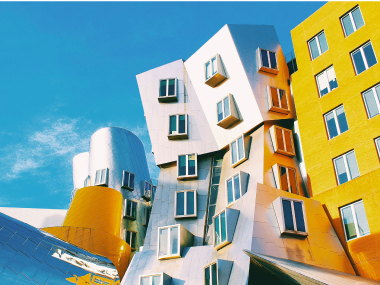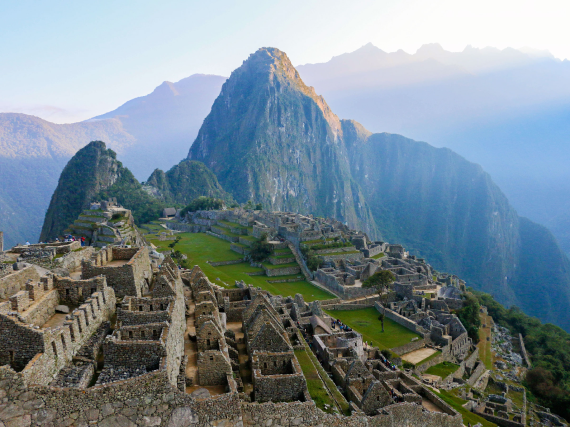There are more than 8.2 billion people living on Earth, residing across the planet’s 57 million square miles of total land area. While some regions are devoid of life for hundreds of miles in each direction, in many major metropolitan areas, you’ll find tens of thousands of residents crammed into every single square mile. Let’s examine nine of the world’s most densely populated cities.
9. Levallois-Perret, France

Estimated population density: 68,000 people per square mile
This residential suburb of Paris is located on the banks of the Seine River, roughly 2 miles north of the Eiffel Tower and 4 miles northwest of Notre Dame Cathedral. The commune has a total area of 0.92 square miles and, as of 2025, a population of 62,600 residents. This gives Levallois-Perret a higher population density than Paris, which has roughly 56,000 inhabitants per square mile.
Though small in size, Levallois-Perret plays an important role in France’s automobile sector. It contains the longest-operating Citroën manufacturing plant in the country, as well as the majority of garages for Parisian taxi fleets.
8. Caloocan, The Philippines
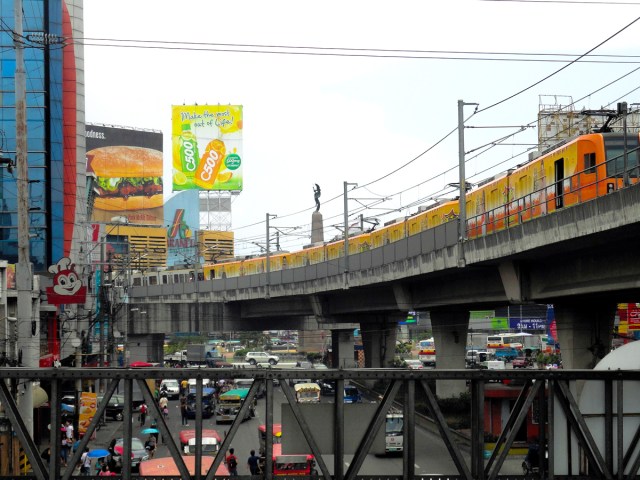
Estimated population density: 77,000 people per square mile
The Philippines contains several cities on the list of most densely populated cities in the world. One of these is Caloocan, a suburb located roughly 4 miles northeast of the Filipino capital in Metropolitan Manila, formally known as the National Capital Region. As of the country’s 2020 census, Caloocan has 1.66 million people who call its 21.54 square miles of total area home. While the city suffered severe damage during World War II, it has since blossomed into a major residential suburb and industrial center.
7. Port-au-Prince, Haiti

Estimated population density: 86,000 people per square mile
Port-au-Prince was first laid out in 1749 by French colonialists, and has served as Haiti’s capital since the country gained its independence in 1804. There are an estimated 3.1 million people residing in the metropolitan area around Port-au-Prince, but closer to 1.2 million people who live in the 14 square miles that make up the city proper. This makes it the most densely populated city in Haiti, as well as the entire Western Hemisphere.
6. Bnei Brak, Israel
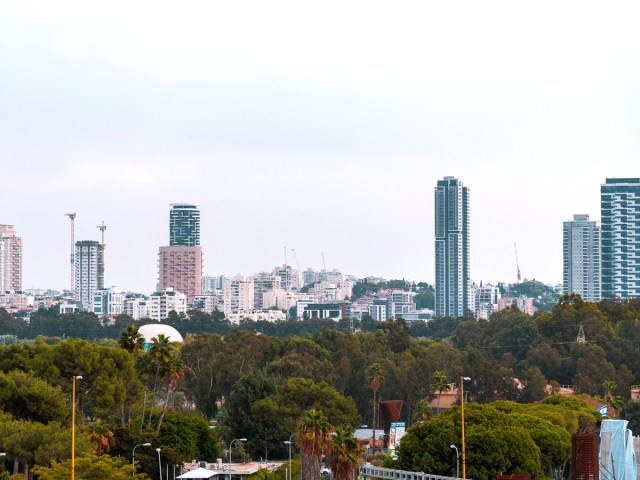
Estimated population density: 87,000 people per square mile
Bnei Brak is an Israeli city located east of Tel Aviv that covers a total area of 2.74 square miles. In 2017, the city surpassed 200,000 residents for the first time, and now has an estimated population of 240,000, making Bnei Brek the most densely populated city in the country.
One of Bnei Brek’s most notable characteristics is its religious importance. It was a key scholarly center around 100 BCE and during the compilation of the Talmud in the centuries that followed. Today, many Talmudic schools are located in Bnei Brek, helping to maintain its religious significance.
5. Mumbai, India
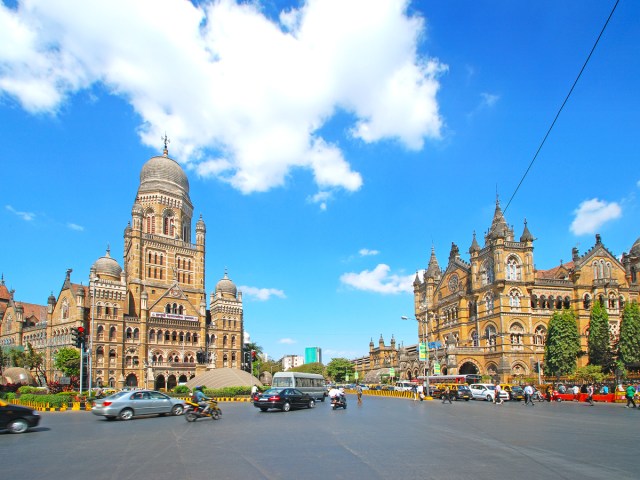
Estimated population density: 95,000 people per square mile
As of 2025, India is the most populous country in the world, with roughly 1.45 billion people calling it home. While Delhi is the most populous Indian city, with around 33.8 million residents, it’s not the densest. That honor goes to Mumbai (formerly known as Bombay).
Mumbai spans approximately 233 square miles of land area, where an estimated 22.1 million people live. Part of the reason for Mumbai’s high population density is its status as a major economic center. The city is home to Asia’s oldest stock exchange, dating back to 1875. Mumbai is also a thriving entertainment hub, serving as the epicenter of India’s Bollywood film industry.
4. Mandaluyong, The Philippines

Estimated population density: 98,000 people per square mile
According to the Philippines’ 2020 Census of Population and Housing, 425,758 people live in Mandaluyong, which covers 4.34 square miles. Mundaluyong is one of the most densely populated cities in the Manila capital region, along with others such as Caloocan and Pateros. Mandaluyong was originally settled by Muslim Filipinos, followed by Spanish colonizers, and it was later occupied by American forces in the 1900s. It finally became an independent municipality in 1994.
3. Giza, Egypt
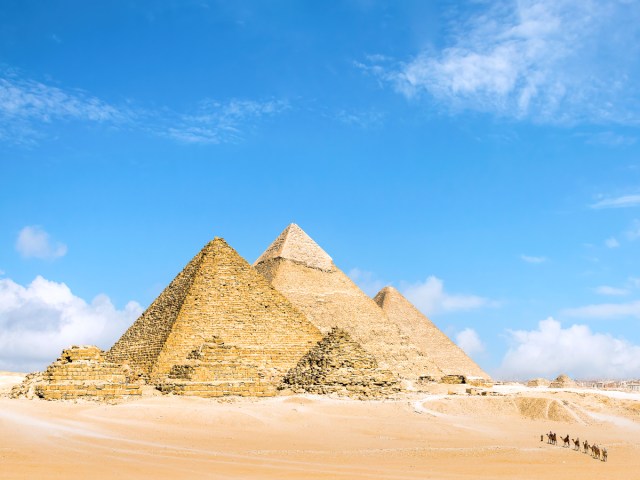
Estimated population density: 121,000 people per square mile
An estimated 4.6 million people live in the city of Giza, Egypt, as of 2023. Known for the Great Pyramid, one of the largest buildings ever constructed, Giza spans a total area of 38 square miles. Located west of the Egyptian capital of Cairo on the west bank of the Nile River, Giza remains a particularly popular tourist destination thanks to the Giza Necropolis, a complex of pyramids that includes the Great Pyramid of Giza, the only surviving structure of the Seven Ancient Wonders of the World.
2. Dhaka, Bangladesh
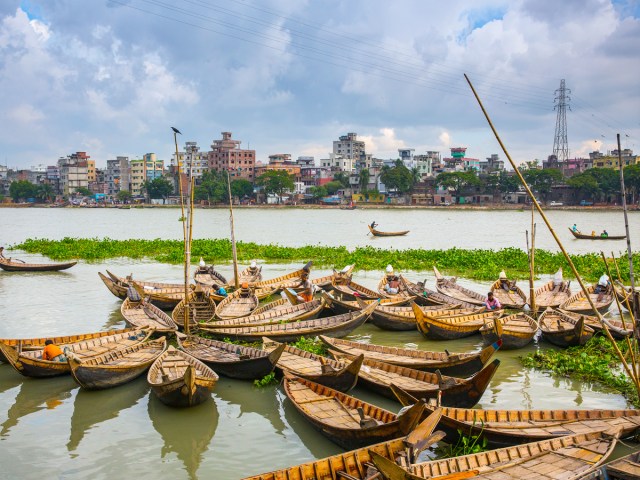
Estimated population density: 180,000 people per square mile
Dhaka is the capital and most populous city in Bangladesh, a country located north of the Bay of Bengal in South Asia. The city is estimated to be home to around 20.7 million people as of the 2022 Bangladeshi census, making it one of the most populous cities on Earth. In terms of size, Dhaka has expanded to roughly 115 square miles, but it still has a staggeringly high population density of around 180,000 people per square mile.
Dhaka is the cultural and economic center of Bangladesh. One of the city’s most notable historic sites is the 17th-century Lalbagh Fort, a Mughal-era fortification that was never completed. People still flock here to gaze upon the stunning pinkish hues of the fort, which is reminiscent of Mughal architecture.
1. Manila, The Philippines
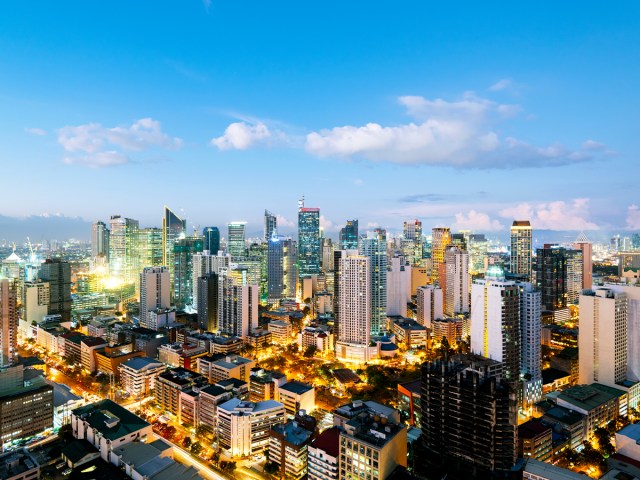
Estimated population density: 192,000 people per square mile
The 2020 Filipino census found there to be 1,845,513 residents in Manila, the country’s capital city. At just 9.64 square miles of total area, this gives Manila’s city proper a population density of nearly 200,000 inhabitants per square mile — high enough to make it the most densely populated city in the world. However, the entire Manila metro area encompasses more than 245 square miles and over 15 million people, while the city proper is a much smaller portion.
Manila owes its densely packed nature to a migration of Philippine residents from the country’s rural regions into the city in search of economic opportunity. However, this influx has put a strain on the city’s municipal infrastructure, which remains quite limited due to the small total land area.
More from our network
Daily Passport is part of Inbox Studio, which publishes content that uplifts, informs, and inspires.
